The Toyota Land Cruiser:10 In-Depth Look at a Legendary Off-Roader
The Toyota Land Cruiser, an iconic nameplate in the automotive world, has long been celebrated for its rugged reliability, exceptional off-road capabilities, and steadfast design. Over the years, this vehicle has earned a reputation as one of the most durable and dependable SUVs available, cementing its place in both automotive history and the hearts of enthusiasts. In this comprehensive article, we will delve into the history, development, features, and cultural impact of the Toyota Land Cruiser, focusing particularly on its more recent iterations Toyota Land Cruiser.
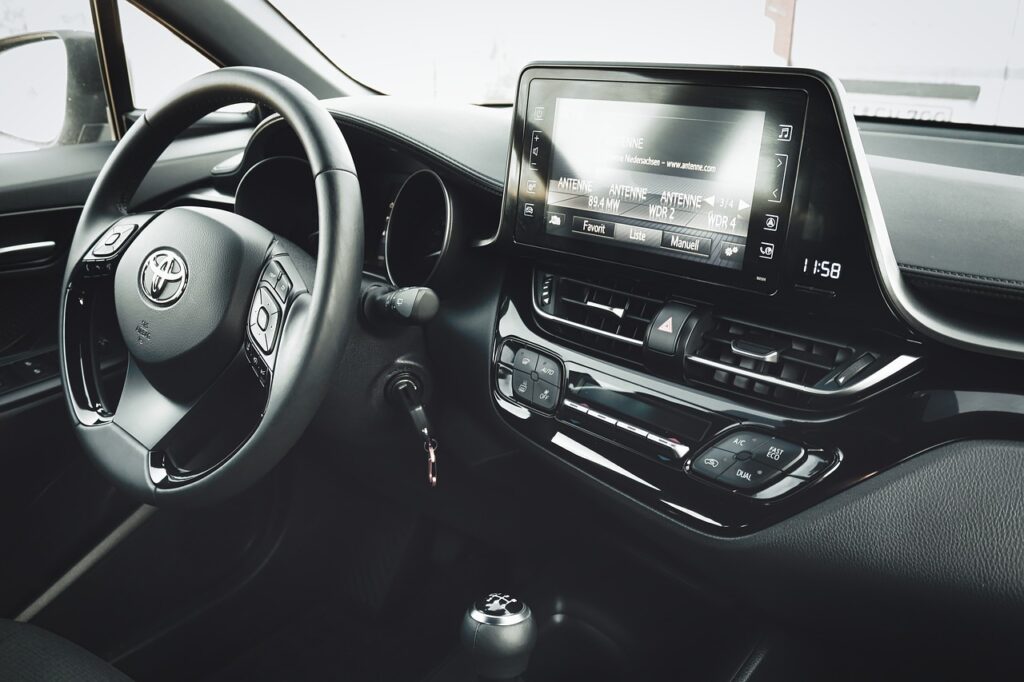
A Storied History: The Birth and Evolution of the Land Cruiser
The Land Cruiser’s journey began in 1951, during a period of significant post-war automotive innovation Toyota Land Cruiser. The original model, known as the Toyota BJ, was designed for military use and quickly proved its robustness in harsh conditions. By 1954, the vehicle was rebranded as the Land Cruiser, marking the beginning of its evolution into a civilian model. Its early success was rooted in its ability to tackle diverse terrains, from the challenging landscapes of rural Japan to the rugged trails of Africa.
Throughout the decades, the toyota Land Cruiser has undergone several redesigns, each time enhancing its capability, comfort, and technology while staying true to its rugged origins. The Land Cruiser 40 Series, introduced in the late 1960s, became particularly iconic due to its distinctive square shape and robust build. This series gained fame for its performance in off-road racing and expeditions.
The evolution continued with the introduction of the 60 Series in the 1980s, which brought improved comfort and technology while maintaining off-road prowess. The 80 Series, launched in the early 1990s, further elevated the Land Cruiser’s reputation with advanced features and a more refined driving experience. The 100 Series and 200 Series continued this trend, blending luxury with legendary off-road capability.
The 150 Series: A Modern Take on a Classic
In 2008, Toyota introduced the Land Cruiser 150 Series, known in some markets as the Prado. This iteration marked a significant evolution in the Land Cruiser lineup, blending traditional ruggedness with modern technology and comfort. The 150 Series was designed to cater to both urban and off-road environments, offering versatility and performance for a diverse range of drivers Toyota Land Cruiser.
Design and Exterior
The toyota Land Cruiser 150 Series maintains the distinctive, robust appearance of its predecessors while incorporating contemporary design elements. The exterior features a bold grille, angular headlights, and a commanding presence on the road. Its design is both functional and stylish, reflecting its dual purpose as a luxurious SUV and a rugged off-roader.
The vehicle’s body is built with high-strength steel to enhance durability, and its elevated ground clearance ensures that it can handle rough terrain with ease. The 150 Series also includes a full-size spare tire mounted on the rear, a nod to its off-road heritage.
Interior and Comfort
Inside, the Land Cruiser 150 Series offers a spacious and comfortable cabin designed for both luxury and practicality. High-quality materials and attention to detail contribute to a refined interior, with options for leather upholstery and wood trim adding a touch of sophistication.
The vehicle is equipped with a range of features designed to enhance comfort and convenience. These include a multi-zone climate control system, a premium audio system, and an intuitive infotainment system with navigation capabilities. The 150 Series also provides ample cargo space, making it suitable for long journeys and adventures.
Performance and Off-Road Capability
One of the Land Cruiser’s defining features is its exceptional off-road capability, and the 150 Series is no exception. It is equipped with a full-time four-wheel-drive system, an advanced suspension system, and multiple driving modes to handle various terrains. The vehicle’s high ground clearance and approach and departure angles further enhance its off-road performance.
The 150 Series is powered by a range of engines depending on the market, including a robust V6 engine that delivers impressive power and torque. This engine is paired with a smooth-shifting automatic transmission, providing a balanced driving experience on both paved roads and rugged trails.
The Land Cruiser 150 Series also features advanced off-road technologies such as the Kinetic Dynamic Suspension System (KDSS), which enhances wheel articulation and stability on uneven surfaces. The vehicle’s Multi-Terrain Select system allows drivers to choose from different driving modes, such as Mud & Sand, Rock & Dirt, and Snow, to optimize performance based on the conditions.
Safety and Technology
Safety is a key consideration in the Land Cruiser 150 Series, with a range of advanced features designed to protect occupants and enhance driving confidence. The vehicle is equipped with multiple airbags, stability control systems, and advanced braking technologies.
The 150 Series also includes modern driver assistance features such as adaptive cruise control, lane departure warning, and automatic emergency braking. These technologies contribute to a safer driving experience and reflect Toyota’s commitment to incorporating cutting-edge safety innovations.
The Land Cruiser’s Global Impact and Cultural Significance
The Toyota Land Cruiser is more than just a vehicle; it is a cultural icon with a global impact. Its ruggedness and reliability have made it a favorite among adventurers, explorers, and off-road enthusiasts. The Land Cruiser has been used in various high-profile expeditions, including Antarctic explorations and African safaris, showcasing its capability in extreme conditions.
In addition to its performance credentials, the Land Cruiser has become a symbol of Toyota’s engineering excellence and commitment to quality. Its reputation for durability and reliability has earned it a loyal following, with many owners praising its longevity and performance over the years.
The Land Cruiser also holds significant cultural value in regions where it is a common sight. In countries such as Australia, the Middle East, and Africa, the Land Cruiser is often seen as a dependable workhorse and a symbol of adventure. Its presence in these markets reflects its versatility and adaptability to different driving environments.
Challenges and the Future of the Land Cruiser
While the Land Cruiser’s legacy is impressive, it has faced challenges in recent years. The global automotive market has shifted towards smaller, more fuel-efficient vehicles, and there is increasing pressure on manufacturers to reduce emissions and improve fuel economy. In response, Toyota has introduced hybrid and electric models across its lineup, and there are ongoing discussions about the future of the Land Cruiser in this context.
The Land Cruiser 150 Series, while still a popular choice among off-road enthusiasts, faces competition from newer models and evolving market trends. Toyota has hinted at future innovations and updates to the Land Cruiser lineup, including the possibility of hybrid or electric versions that retain the brand’s commitment to performance and reliability.
Conclusion
The Toyota Land Cruiser remains a symbol of durability, capability, and adventure. From its humble beginnings as a military vehicle to its current status as a premium SUV, the Land Cruiser has consistently delivered on its promise of rugged performance and reliability. The 150 Series represents a modern evolution of this legendary nameplate, blending traditional off-road prowess with contemporary comfort and technology.
As the automotive landscape continues to evolve, the Land Cruiser’s legacy will undoubtedly influence its future iterations. Whether through advanced technologies, new powertrains, or continued refinement, the Land Cruiser will likely remain a cherished icon for those who seek adventure and reliability in their vehicles.
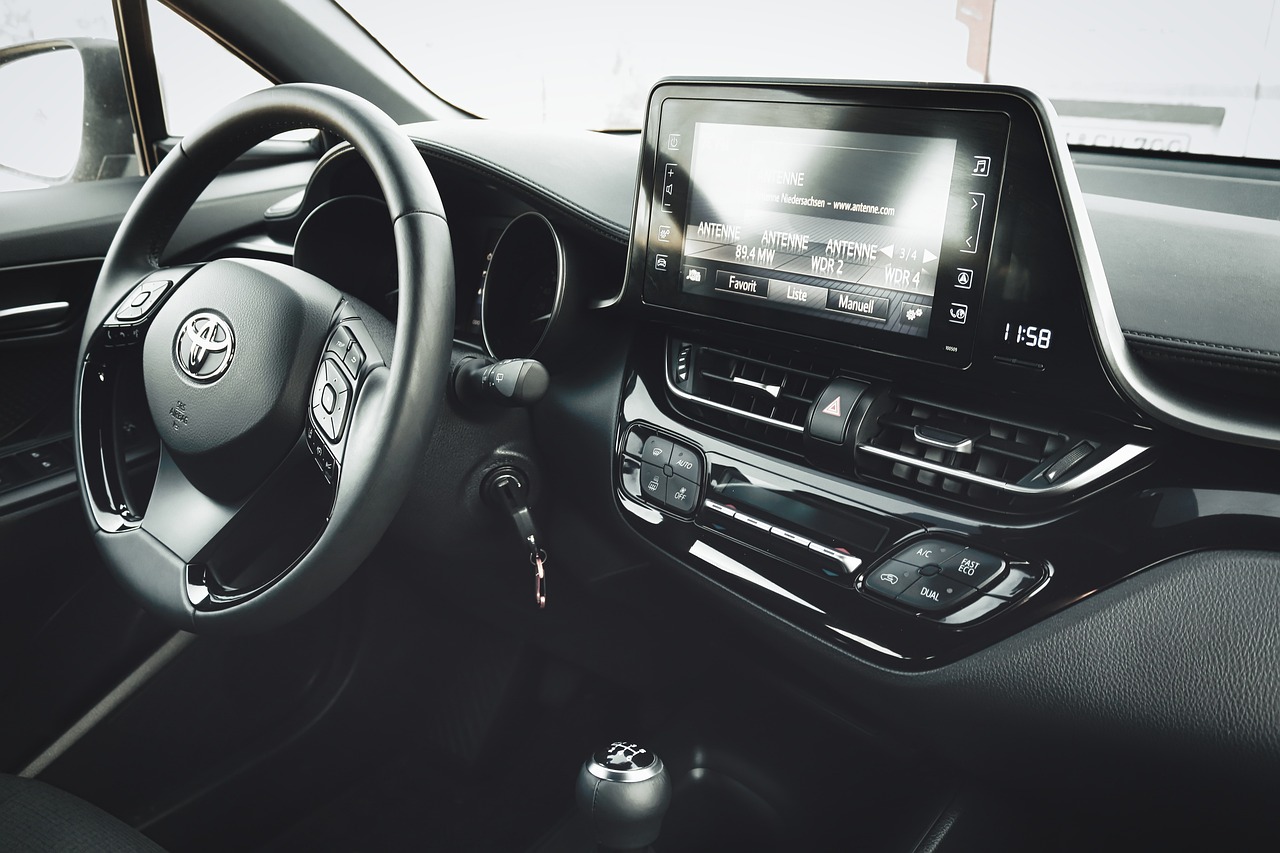
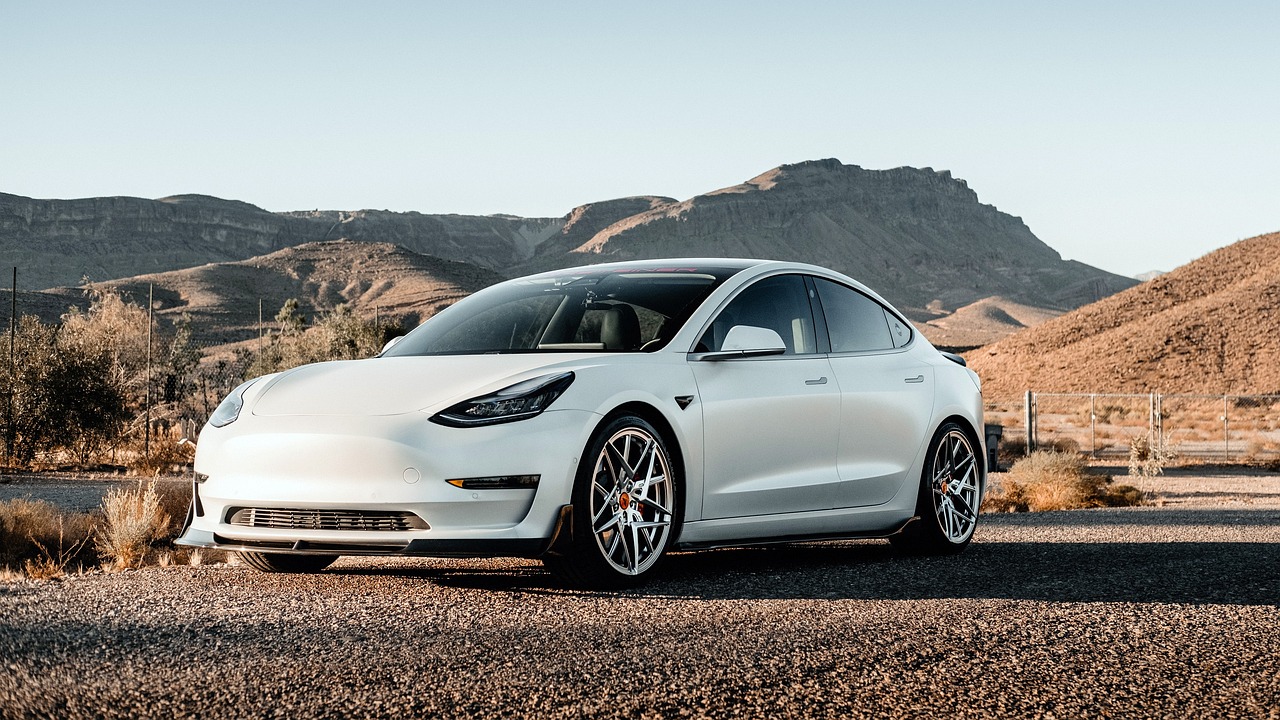

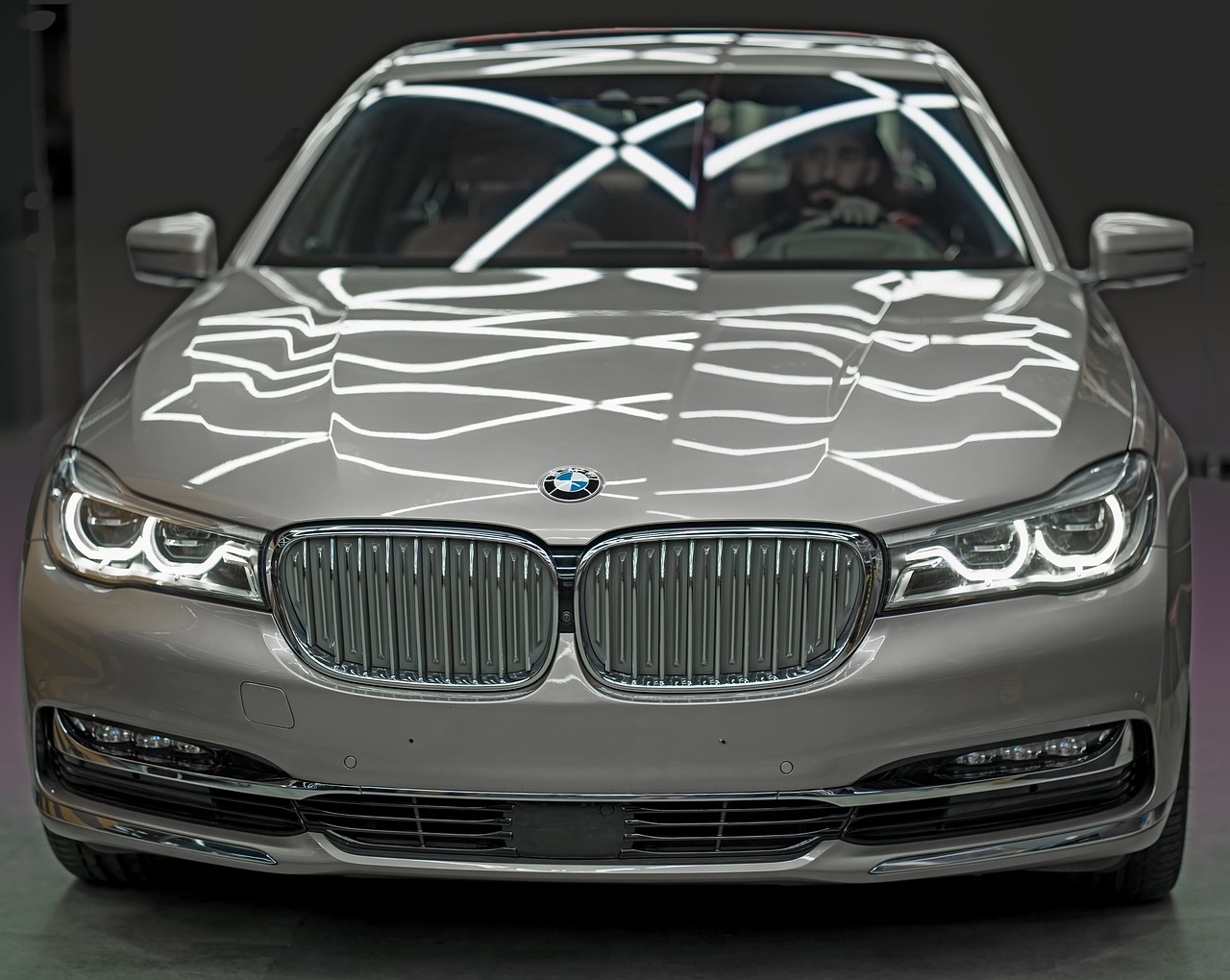
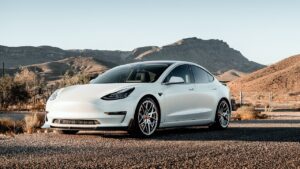

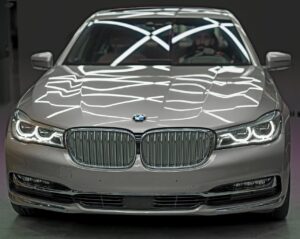






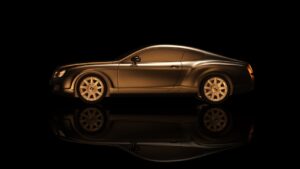
Post Comment